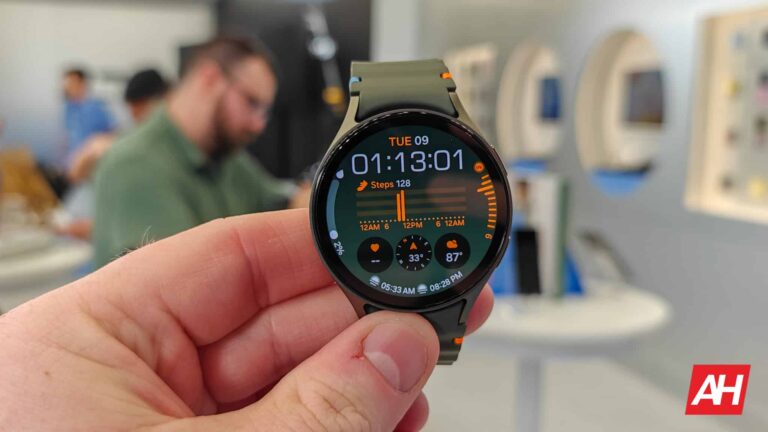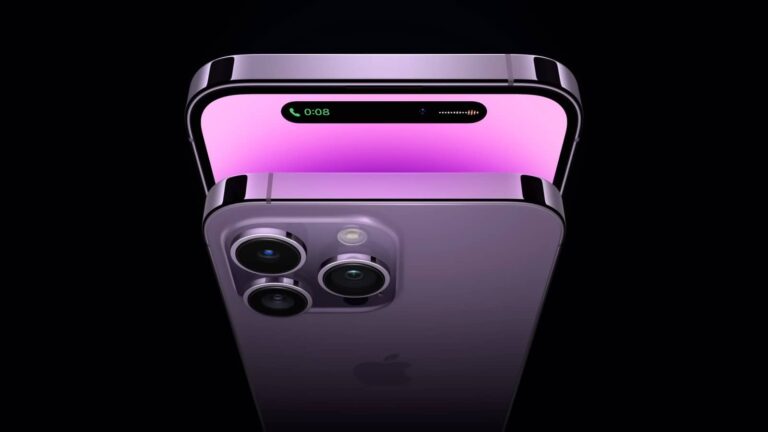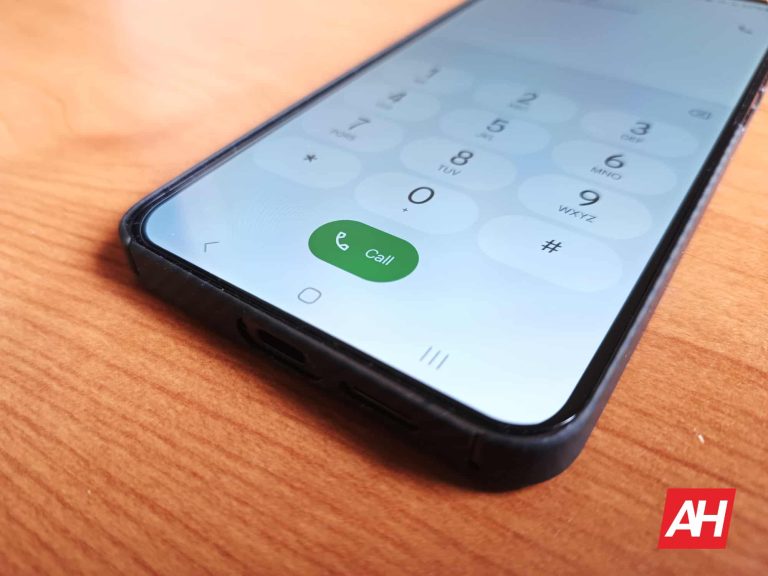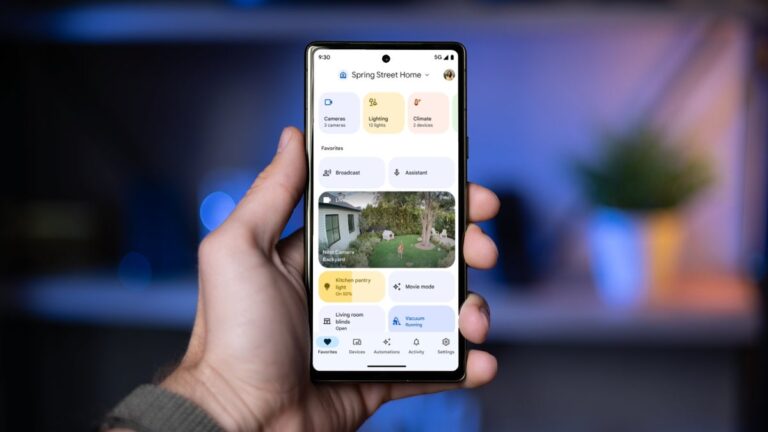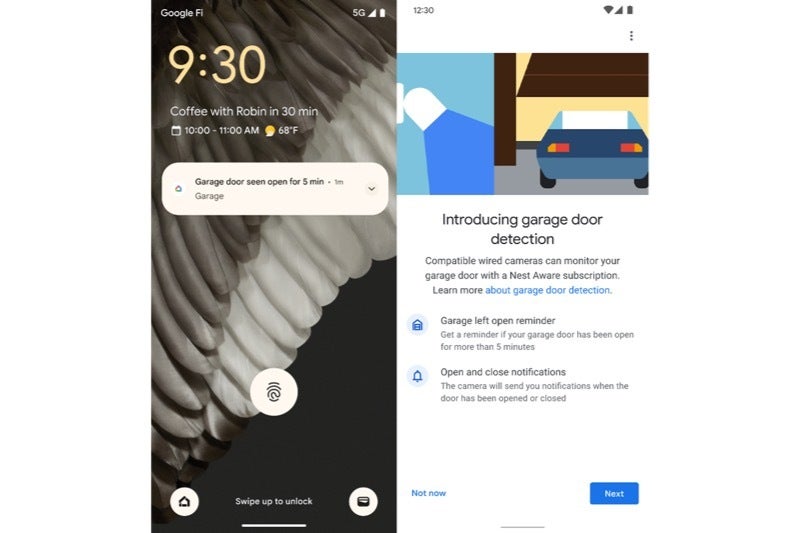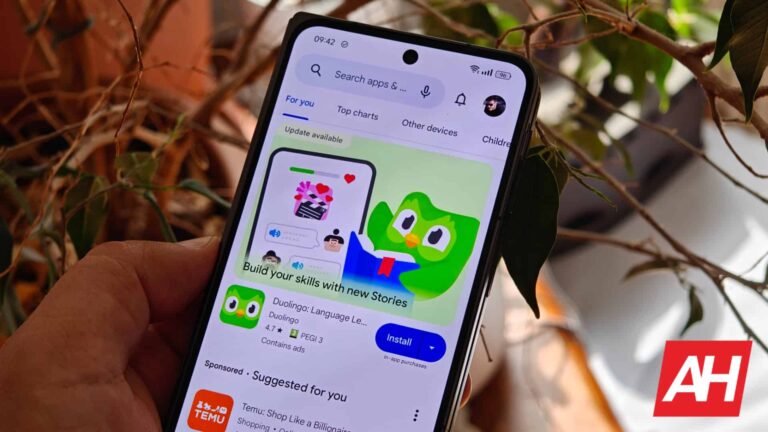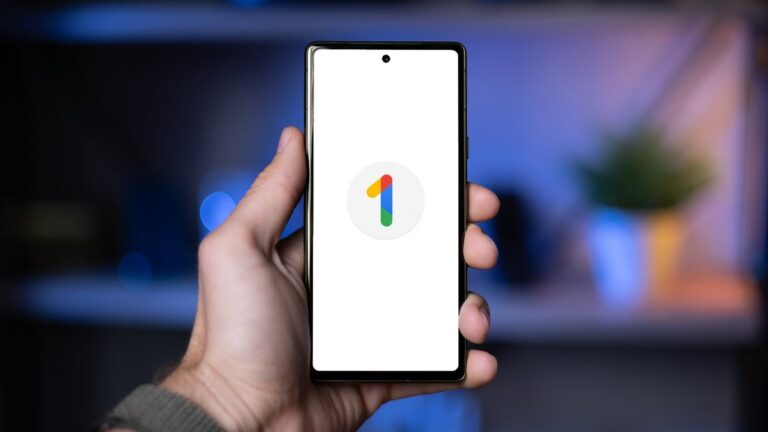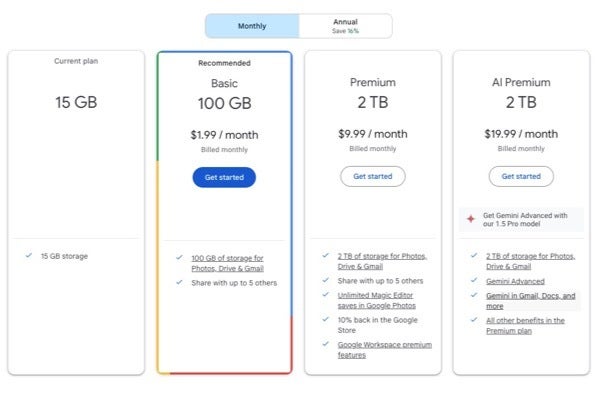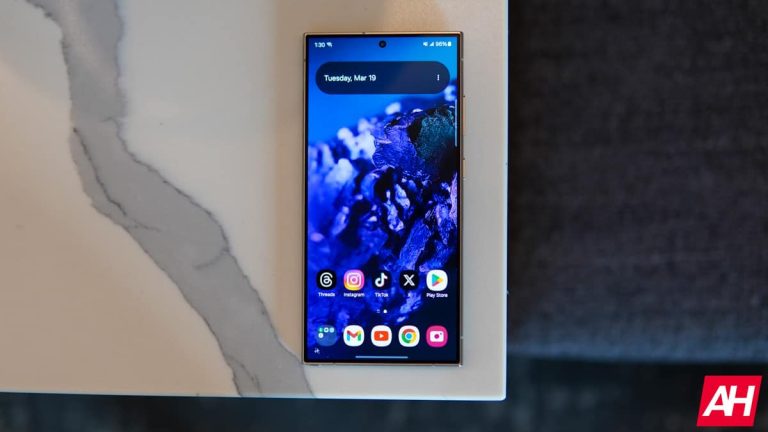The Google Play Store subscription page will soon include a lot more information. The Android app store will have better transparency and offer several more details justifying the value of subscriptions.
Google Play Store Subscriptions page to be revamped
Besides one-time purchases, there are several other ways to monetize content on the Google Play Store. The Android app store also offers services and free apps/games with advertisements. However, the increasingly lucrative option for monetization is subscriptions.
Google is well aware of the Play Store’s potential. Hence, the company recently announced several fundamental changes and improvements to the Android app store. Along with these changes, Google also demoed a new version of the Subscriptions page UI (User Interface).
The modified version of the Subscriptions page will gradually start offering a lot more information, indicated Google. The most important information subscribers would appreciate could be the justifications.
Specifically speaking, the new Play Store subscriptions page will highlight the benefits and potential losses of canceling subscriptions. Currently, the Subscriptions page is quite limited. It only lists the names and prices of active and expired subscriptions.
Besides showing active and expired subscriptions, Google will also reveal how much a subscriber is paying for each subscription. The company will also retain buttons that allow subscribers to remove or re-subscribe expired subscriptions.
Google pushing for transparency and better management
Google urges Android device users to pay using the Google Play billing system to purchase apps, services, and subscriptions. Android users who sign up using Google’s Play Store billing system get a centralized console to manage their purchases.
The Payment and Subscriptions sub-menu is accessible from the Play Store’s main menu. The upcoming update should significantly improve transparency and clarity about subscriptions.
The new update essentially promises it would allow users to make informed decisions. Specifically speaking, subscribers would be able to quickly decide whether to retain a subscription or cancel the same.
Google hasn’t committed to a firm launch date for the new Play Store subscriptions page. However, the company has reportedly indicated that Android users should start seeing changes in the next few months. Needless to say, Google is expected to gradually release the new Play Store update to Android devices.
